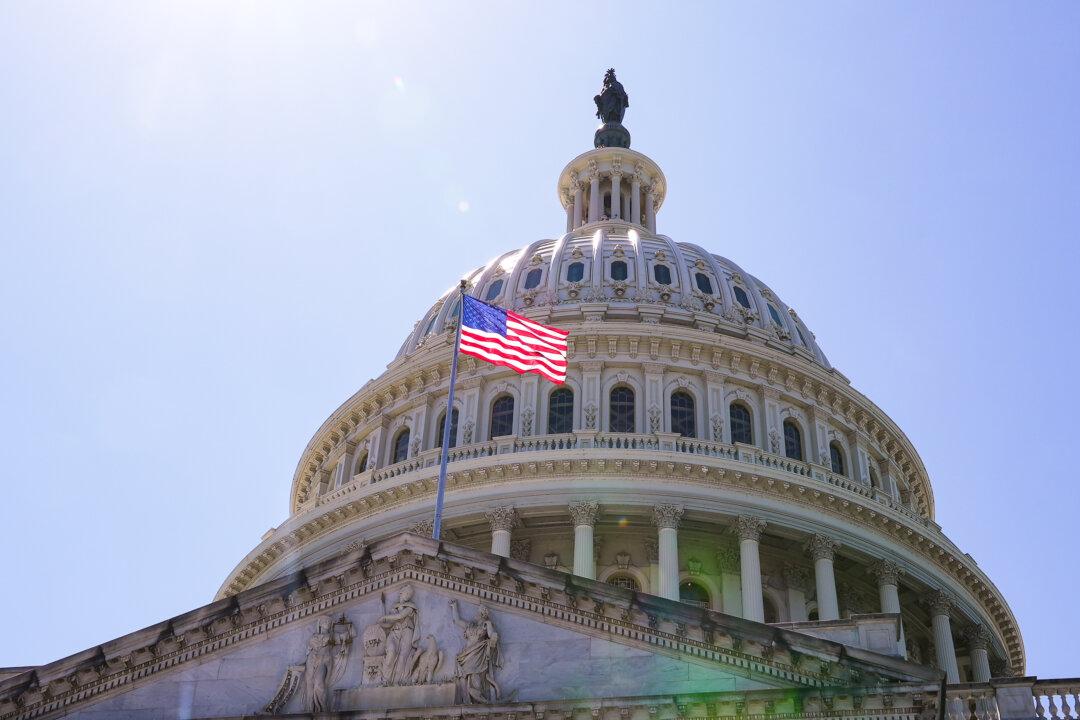A study has suggested that Ohio’s pandemic-related lottery, in which people who had a COVID-19 vaccine were entered into a $1 million prize drawing, wasn’t effective.
Ohio Gov. Mike DeWine has frequently touted the alleged success of the state’s Vax-a-Million lottery since it was rolled out several months ago. Children who get vaccinated were entered into a drawing for a full-ride scholarship at one of Ohio’s universities.
Several other states have also offered prizes for individuals who opt to receive the vaccine.
“Our results suggest that state-based lotteries are of limited value in increasing vaccine uptake. Therefore, the resources devoted to vaccine lotteries may be more successfully invested in programs that target underlying reasons for vaccine hesitancy and low vaccine uptake,” author Allan J. Walkey, a professor at the Boston University School of Medicine and a physician at Boston Medical Center, wrote in a statement.
The study authors noted that vaccination rates in other states were used as a control group for Ohio’s vaccination trends. This allowed them to account for “factors besides the Ohio lottery,” including the expansion of vaccinations to children around the United States, according to the researchers.
The team behind the study said they want these findings to “lead to a shift in focus away from ineffective and expensive lotteries” and toward promoting other COVID-19-related policies.
“Governor DeWine saw the study and recognized immediately what the error is. The study is flawed because it is focused on 12- to 15-year-olds,” he said.
The state already took into account that age group when compiling data about the lottery program, according to Tierney.
“The first week after Vax-a-Million, we saw a 44 percent increase in Ohioans 16 and older getting the vaccine. According to The Washington Post, no other state saw an increase along those lines. We saw a 17 percent increase in those 16 and older in the second week,” he said.
There were other benefits associated with the vaccine system, Tierney said.
“It got people talking about the vaccine in a way that was fun, less fear.”
The spokesman also argued that to get the same media coverage of Ohio’s vaccine efforts, it would have cost the state $50 million in advertising.





